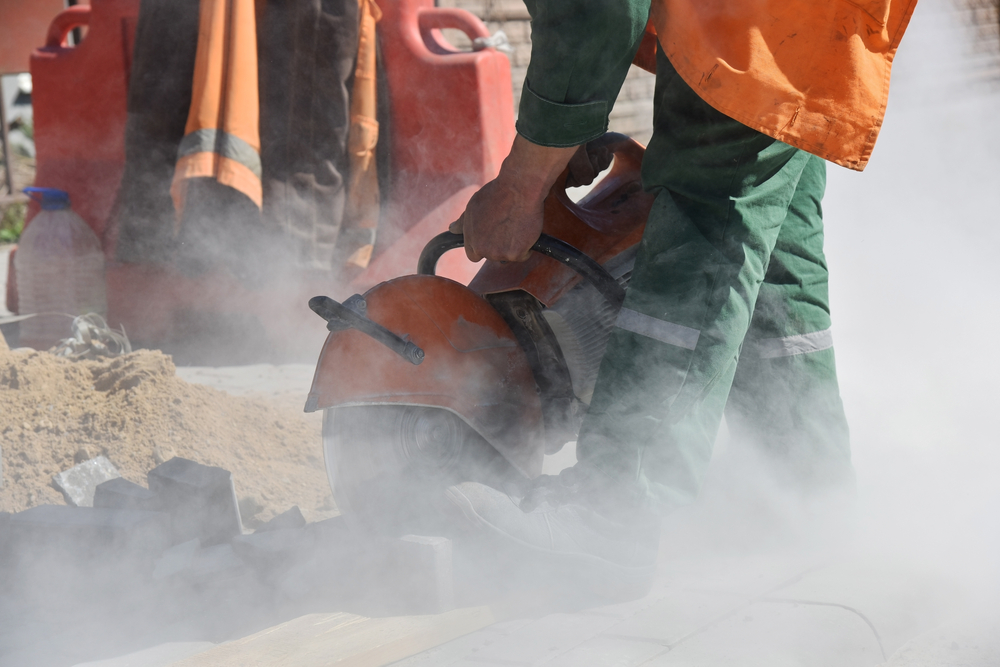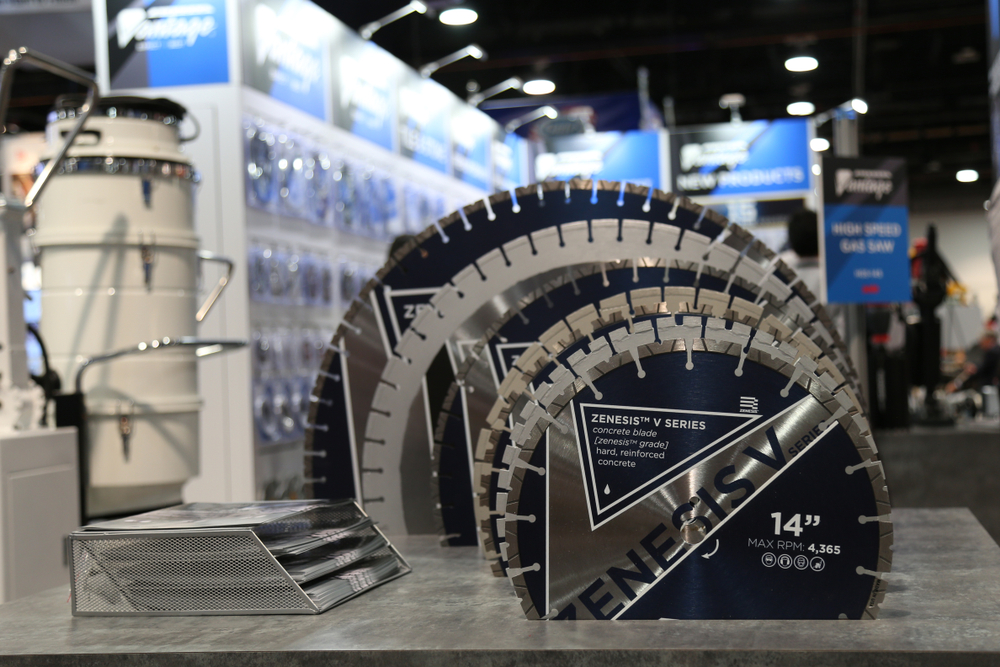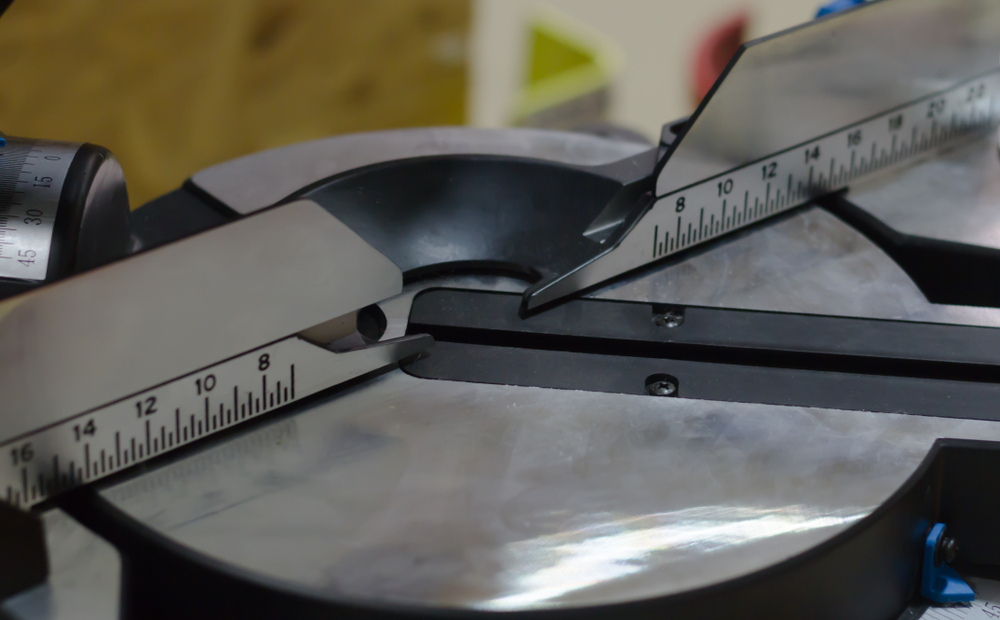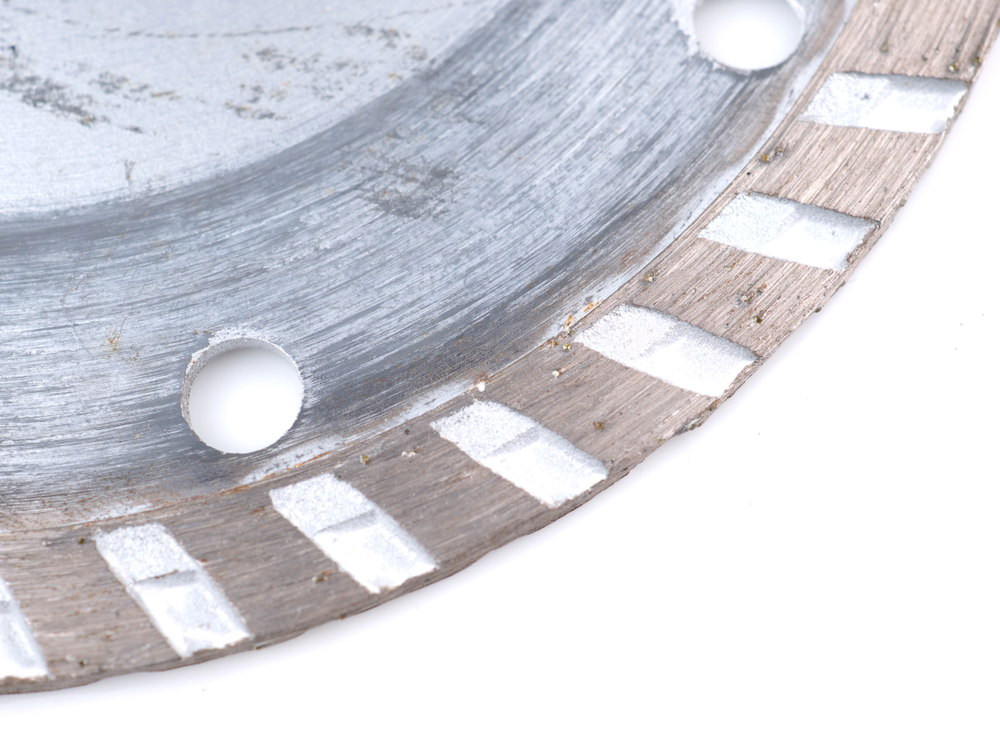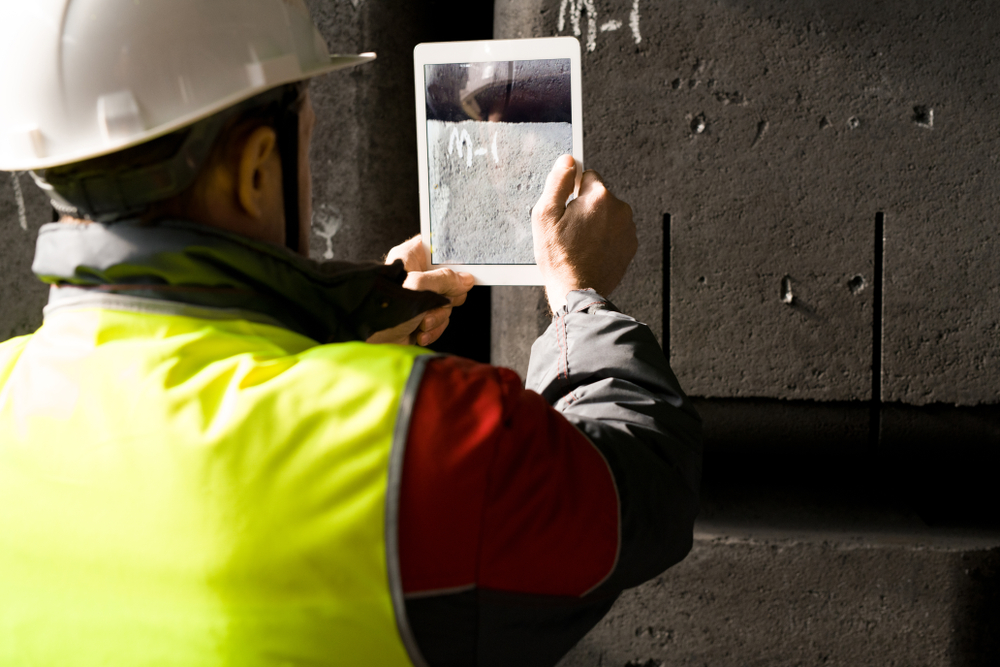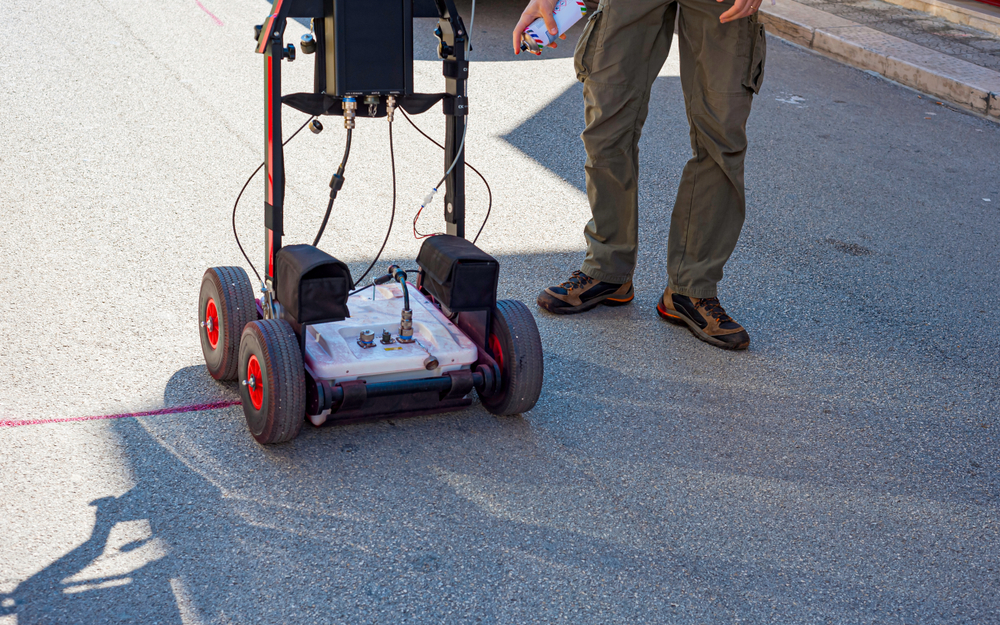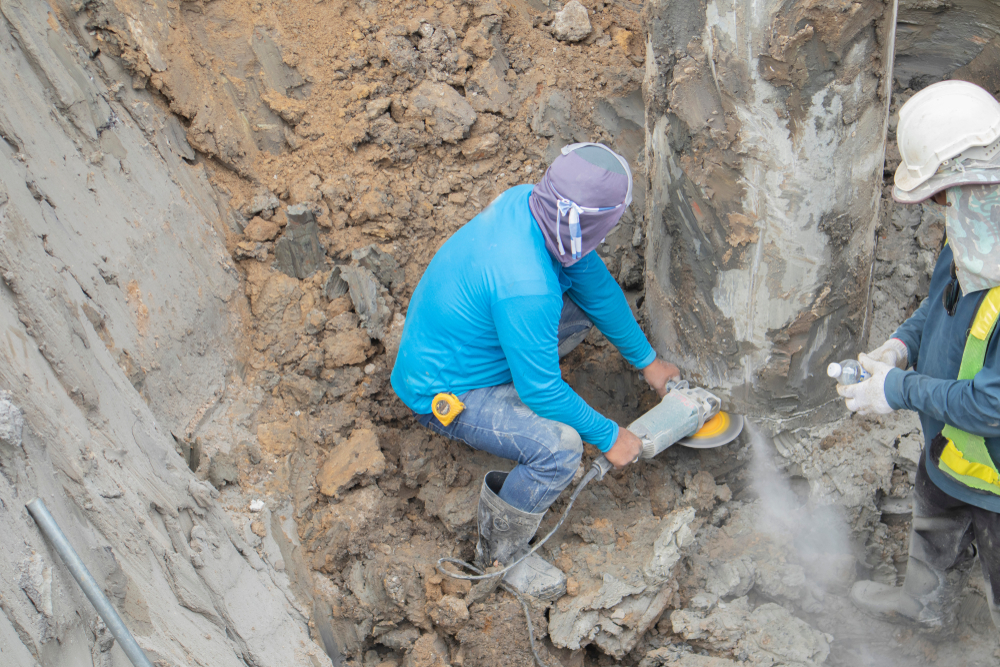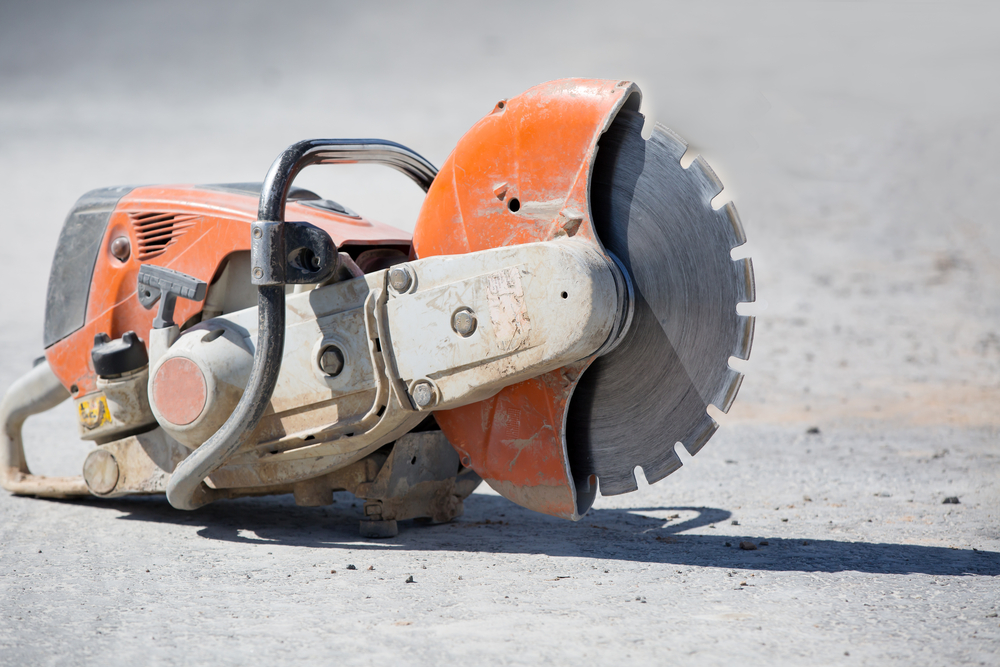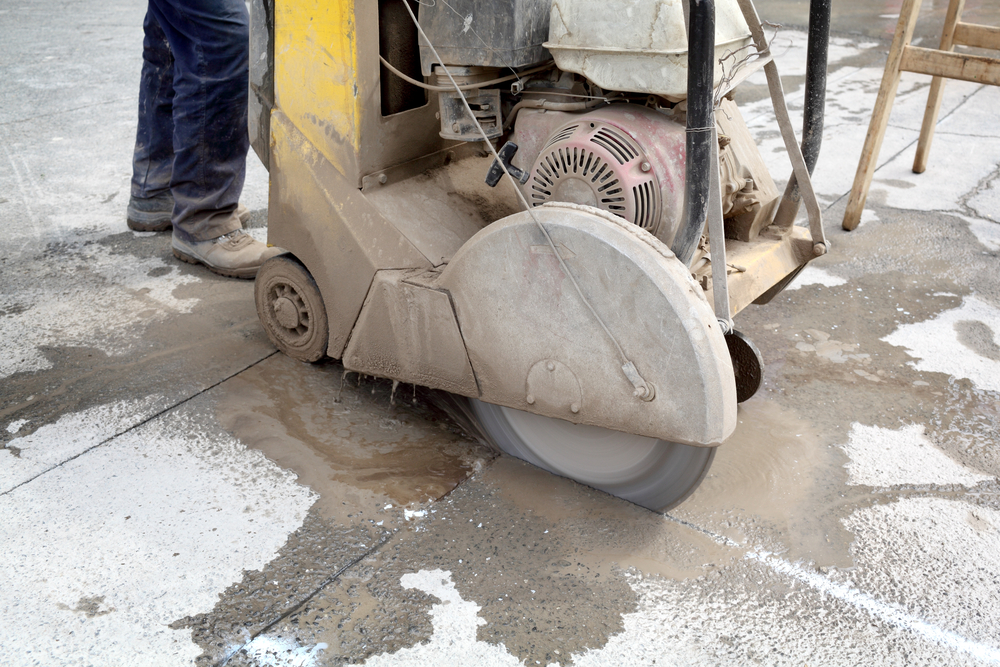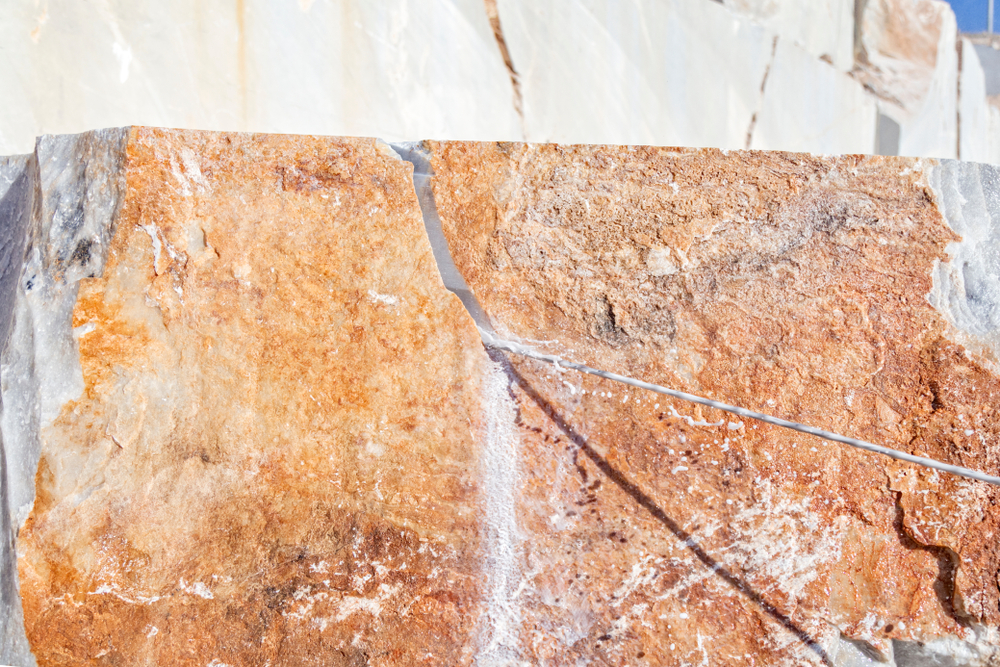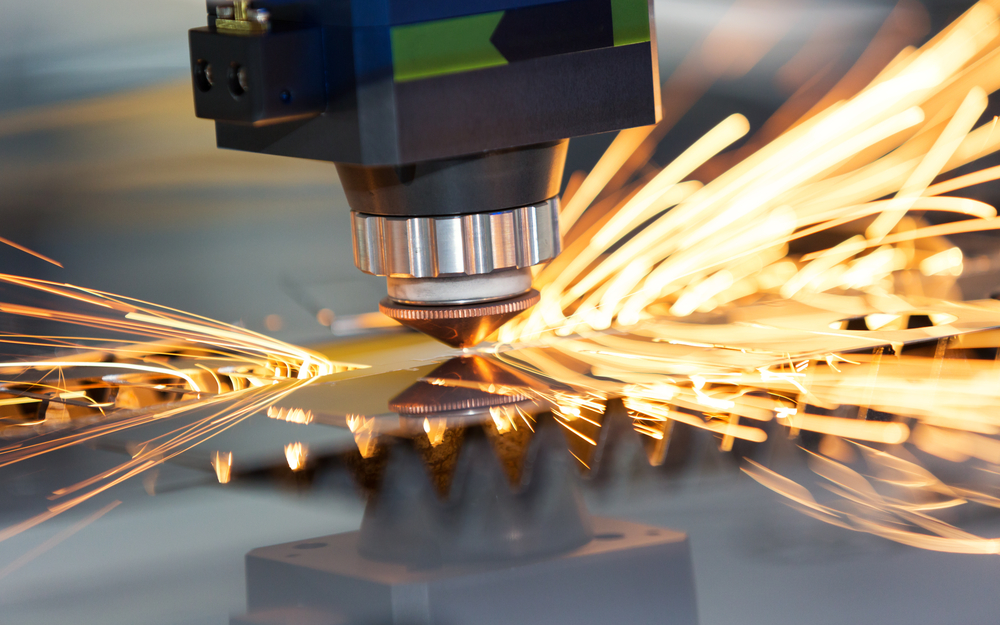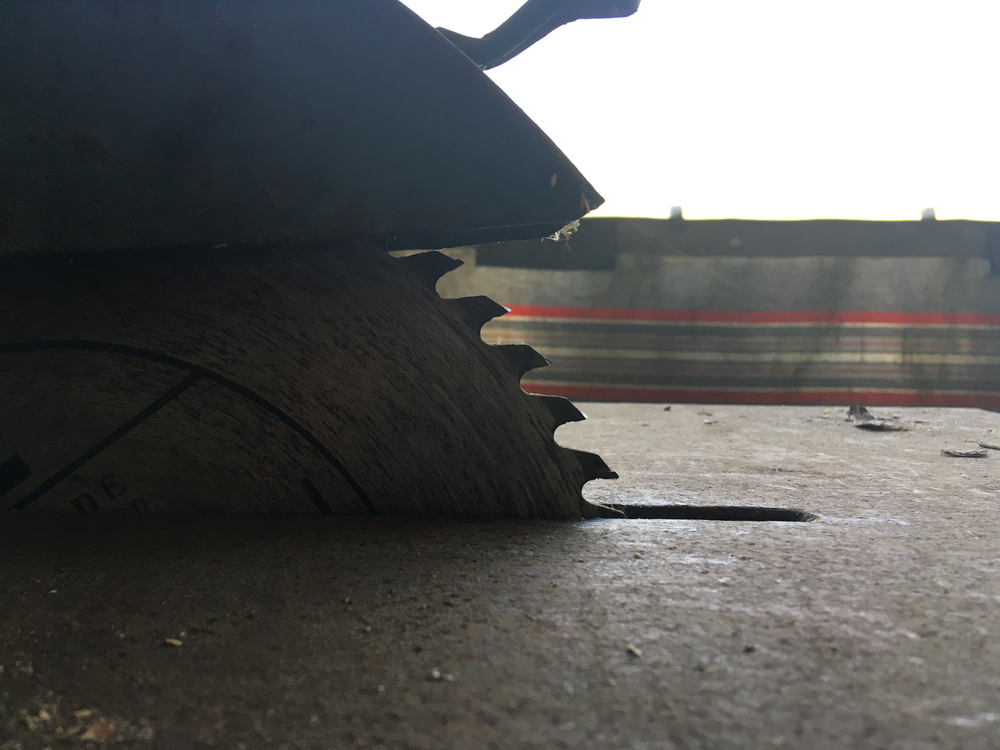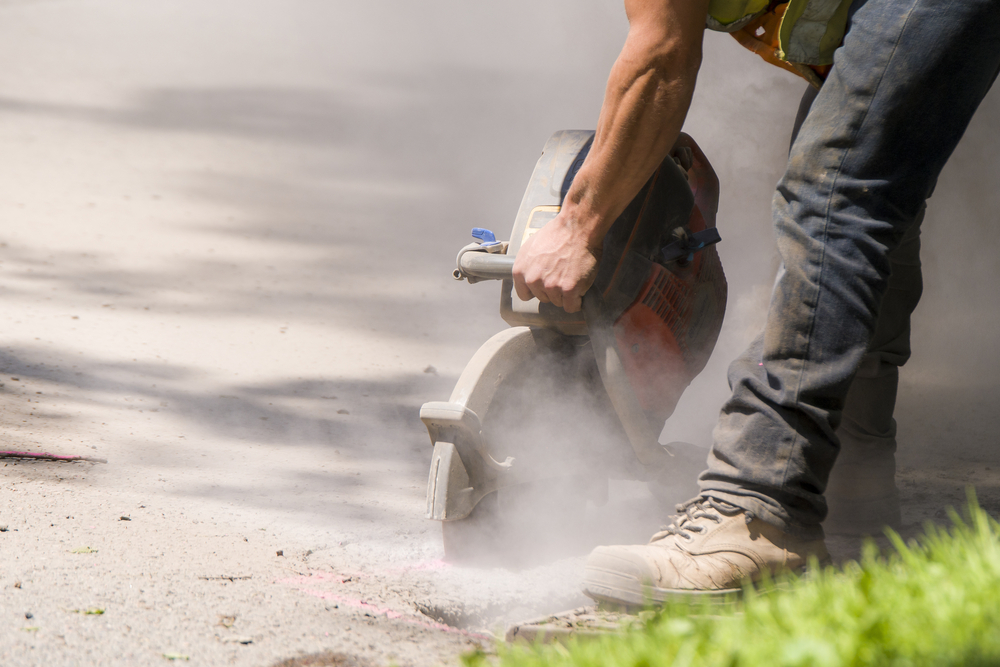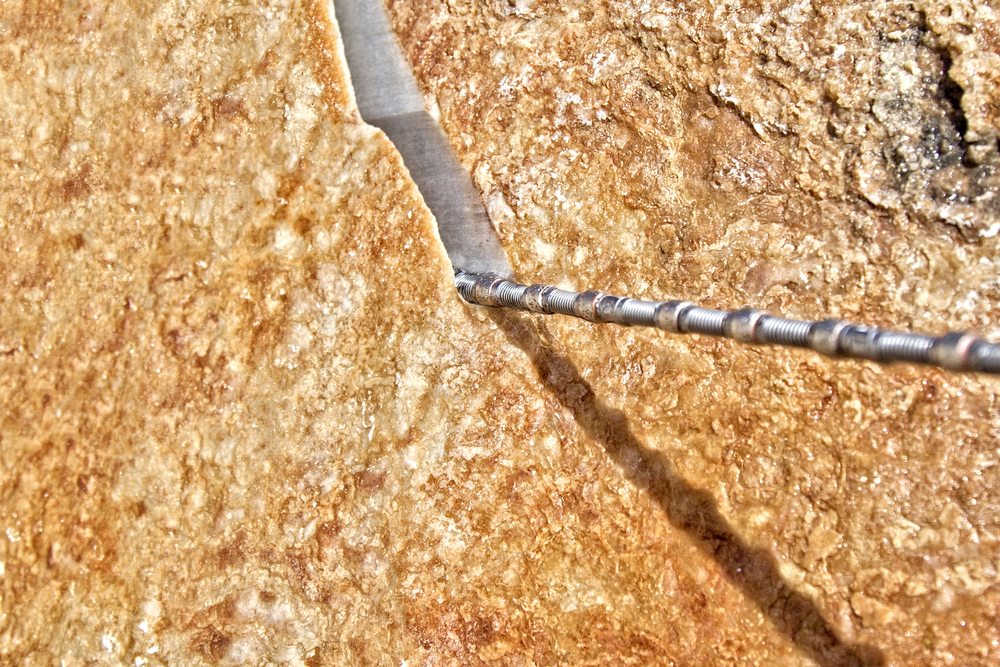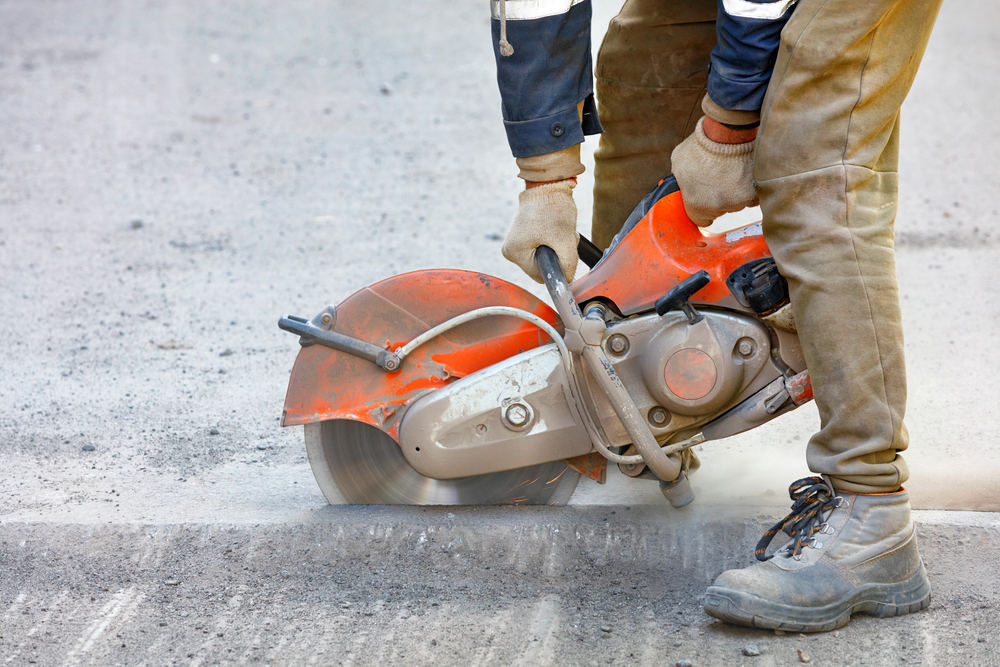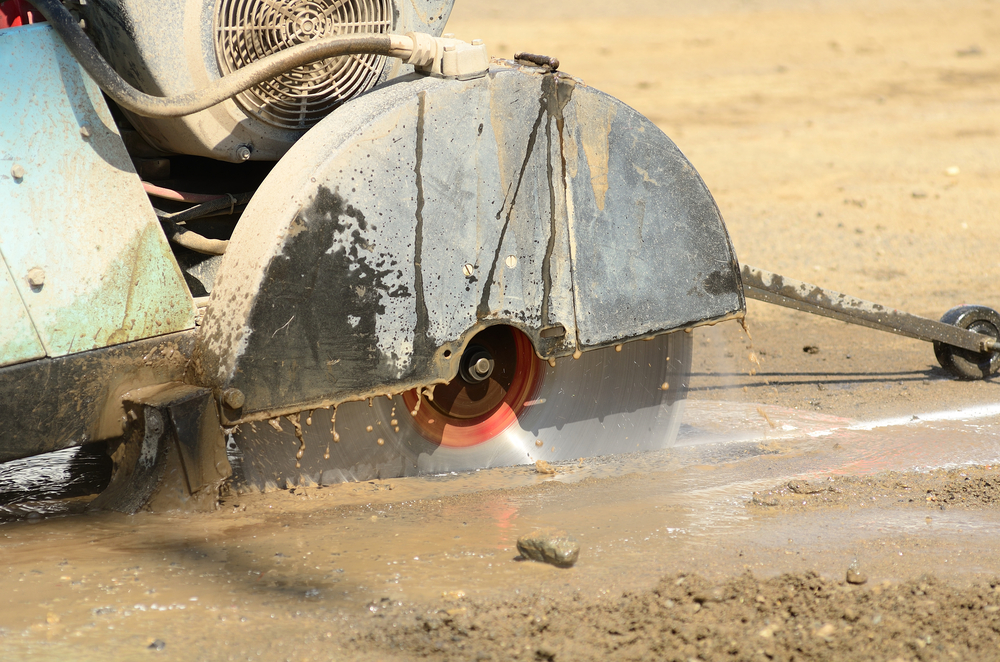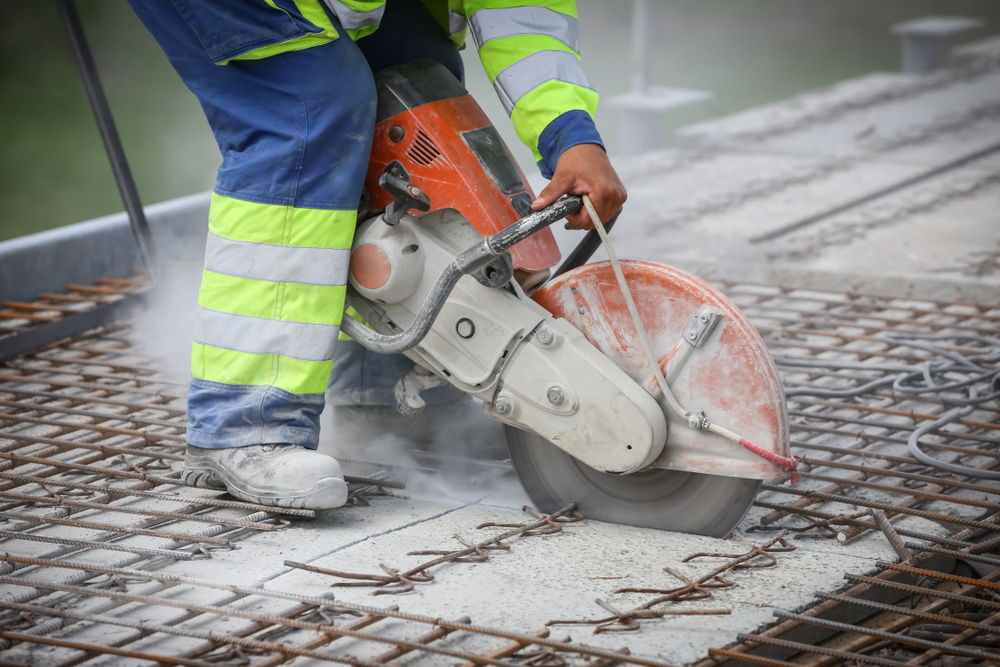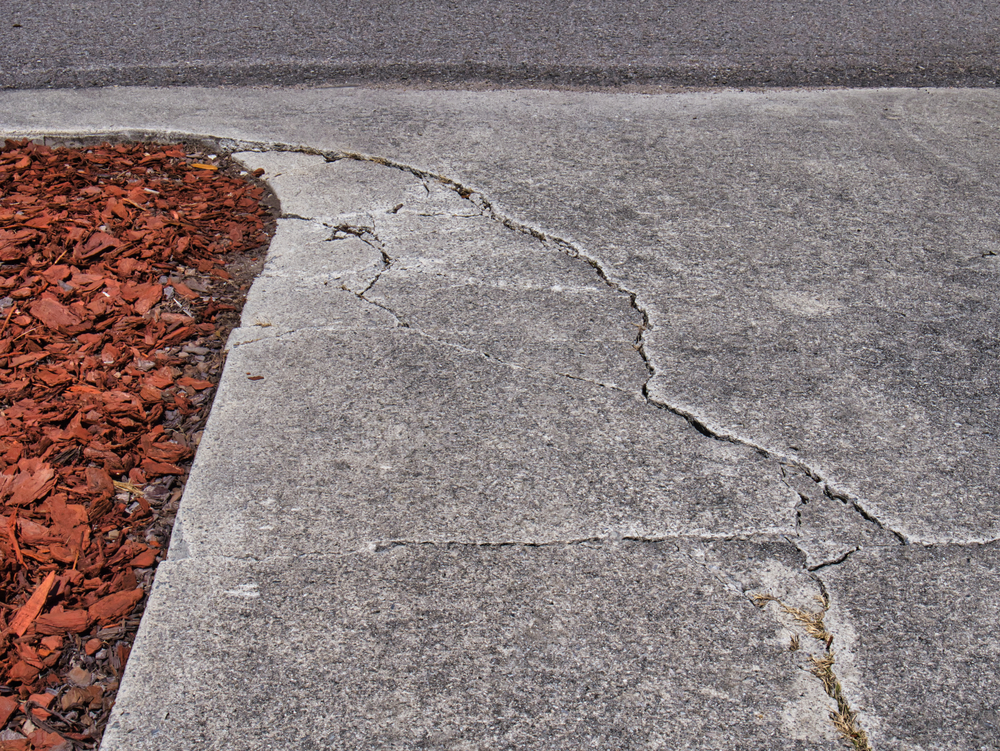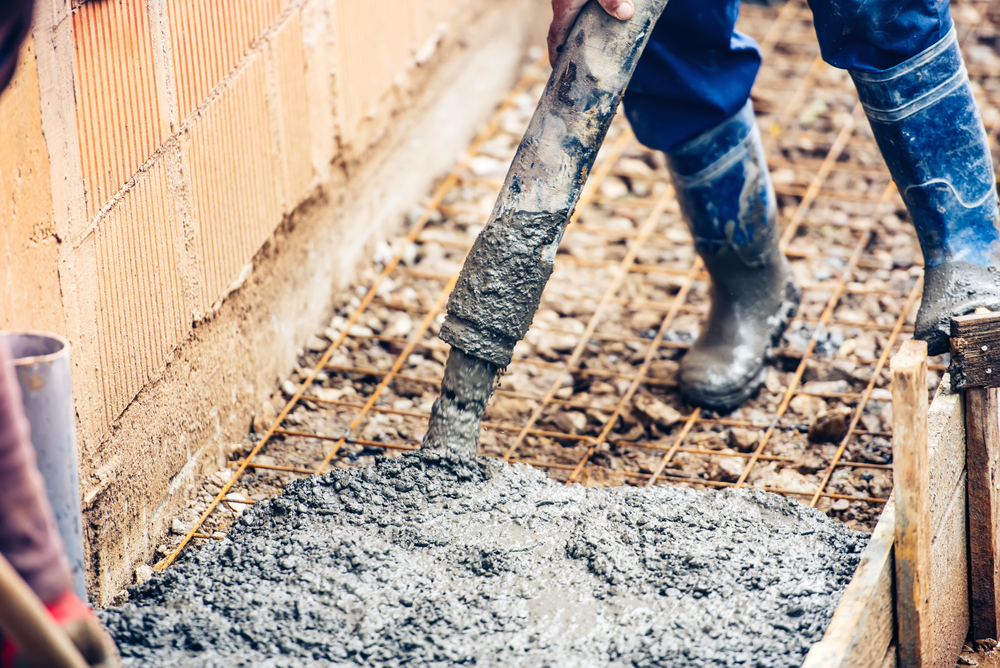Concrete cutting is not only a strenuous and messy job but a dangerous one too. There are many hazards that accompany concrete sawing.
However, the difficult part is that these hazards can often be overlooked. As such, it is important to take all the necessary precautions before cutting concrete.
If you want to learn more about what features of concrete sawing in Melbourne can be dangerous, and how to minimise the risks, then please keep on reading.
Inhaling Crystalline Silica
Concrete contains a compound that is known as crystalline silica. It is also commonly found in materials such as sand, quartz, slate, and flint. When this compound makes contact with air, it can become a very dangerous health concern.
Airborne crystalline silica can put workers at risk of developing silicosis, which is a lung disease caused by the accumulation of silica dust inside the lungs.
It causes the formation of scar tissues which negatively affects the lung’s capacity to take in oxygen.
Wearing the proper personal protective equipment (PPE) such as filter masks is especially important when it comes to cutting concrete. Using a wet cutting method can also help control the dust and silica that may fly through the air as you cut concrete.
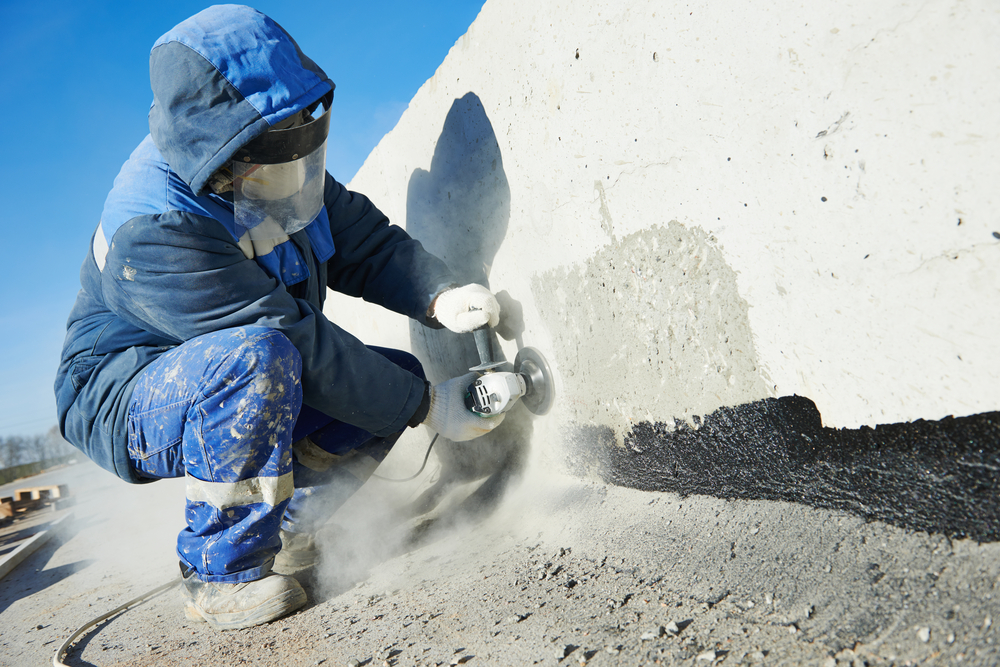
Push-Back, Kick-back, or Pull-In
These words sound like a mouthful, but they can be very dangerous forces that come with cutting concrete.
Kick-backs happen when the saw thrusts up and backward, push-backs happen when the saw thrusts right back, and pull-in happens when the saw pulls the worker towards the blade.
Depending on cut depths, these forces can lead to serious injuries especially when you use quick cut concrete saws and hand-held saws.
They can also wrench the saw from its fittings, which makes it freely run on the ground. This can be quite dangerous for anyone who stands in its path.
With this in mind, make sure to pay attention to the rotation angle of your saw. Stay away from this angle when cutting. Try not to use a cutting tool on ladders or cutting concrete on different elevations.
Uneven Or Wet Surfaces
Uneven or wet surfaces can heighten the risk of falling over mid-cut. This can lead to injuries for both yourself and for others.
It may also compromise the quality of the concrete cut and increase the risk of kick-back as previously discussed. As such, make sure you check the concrete surface for this hazard before cutting it.
Worn And Damaged Saw Blades
When cutting concrete, it is imperative that the equipment you use is in top condition. When operating with defective blades, this can lead the blade to wobble and shatter, dispersing fragments through the air.
It is important to maintain your blade and make sure it is not overexerting its force capacities.
Electricity
Electricity can be a common hazard when it comes to concrete cutting. When managing electric equipment, make sure that everything is properly grounded and insulated. Do not use electric equipment when you are using a wet cutting method.
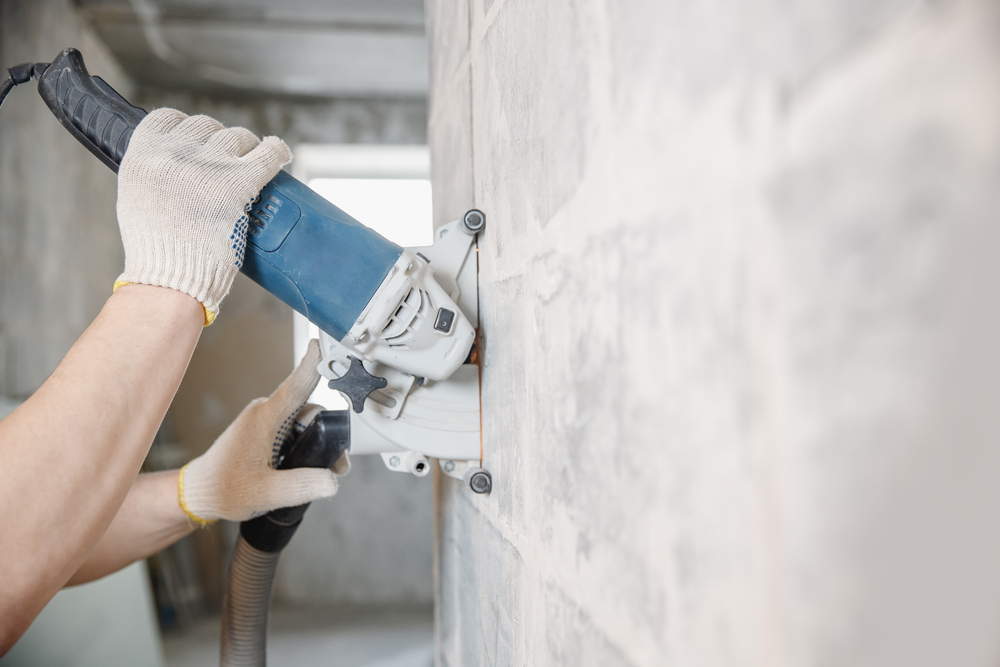
Toxic Fumes
Toxic fumes are particularly harmful especially if ventilation is not maximised. They can arise from gas motor emissions that contain harmful gases such as carbon monoxide.
This odourless and colourless gas can lead to asphyxiation, which is a serious health condition. Make sure to wear the proper filter particulate respirators since they can protect you from dust, fibres, lead fumes, asbestos, and silica.
Cutting Unseen Objects
Sometimes, there may be unforeseen objects embedded in the concrete that can cause serious danger when cut. Some of these may include electric cables and gas or water pipes.
As such, make sure to conduct precautionary measures such as concrete scanning before cutting concrete. Cutting foreign objects may not only damage the construction project but put you and your coworkers at risk.
Final Thoughts
While there are serious hazards that can be associated with concrete cutting, all of these are very avoidable.
Some precautions you can take are to simply wear the proper PPE, properly maintain your cutting equipment, and prep the area to be cut by removing objects that can cause injuries.
The importance of preparing for these hazards are often overseen. However, they are completely necessary not only for a successful construction project but most importantly for a safe working environment.
As such, always make sure you follow the right precautions before performing any concrete cutting activities.
If you need concrete sawing performed safely and reliably, be it commercial or residential, please call us at MEGASAW.
We have over 20 years of experience providing quality concrete cutting services all over Melbourne. Our experience is your guarantee!
Please call us today on 1300 920 419 or leave an inquiry.

